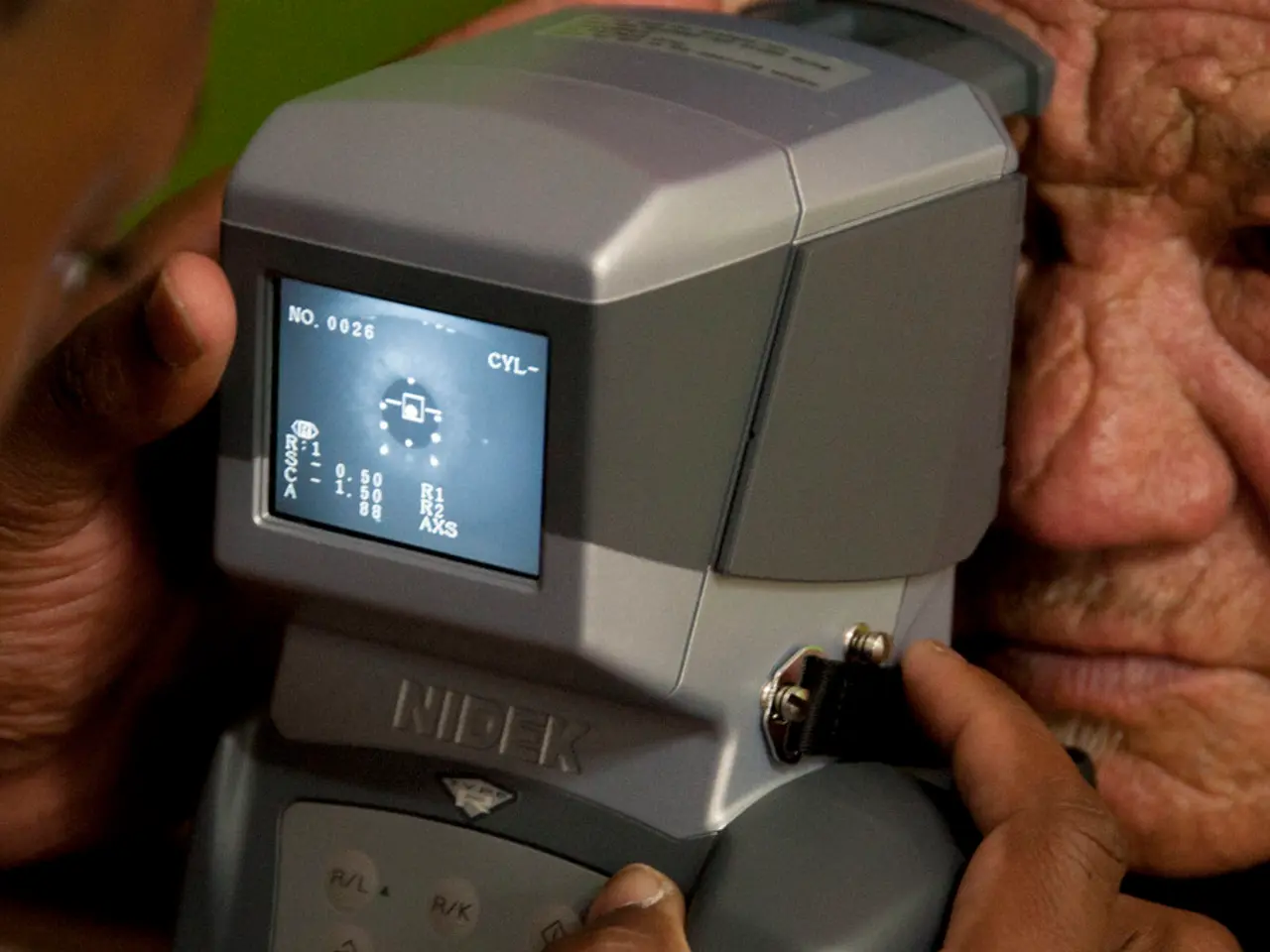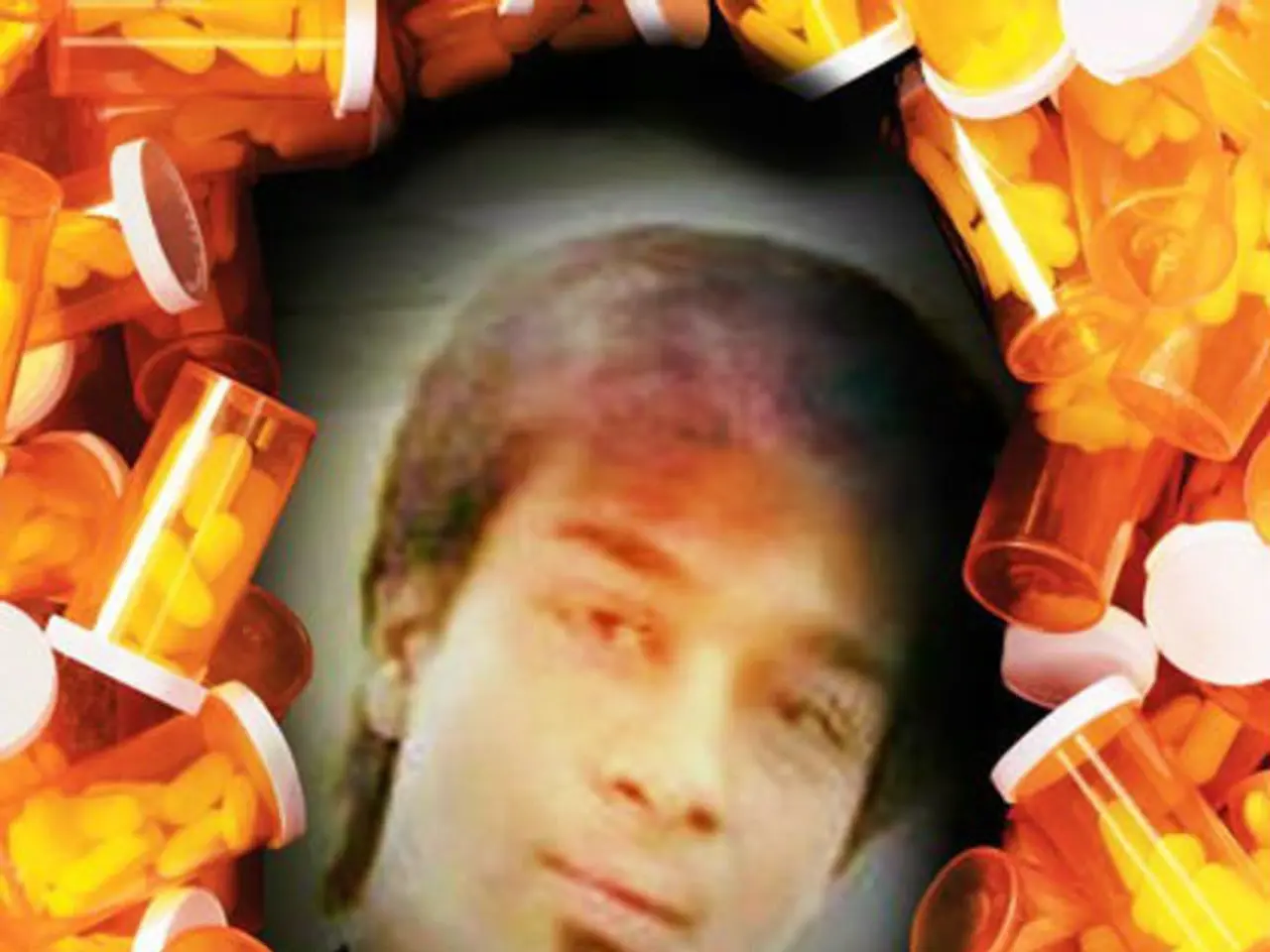Neuromyelitis Optica: Signs, remedies, and additional insights
Neuromyelitis Optica (NMO), also known as Neuromyelitis Optica Spectrum Disorder (NMOSD), is a rare autoimmune disorder that primarily affects the optic nerve and spinal cord. Affecting approximately 4,000 people in the United States and 250,000 worldwide, NMO is more common in women, with women accounting for over 80% of cases.
The long-term complications of NMO primarily include permanent neurological damage, particularly blindness and myelopathy. These complications arise due to the relapsing nature of the disease, with each relapse causing cumulative damage in the optic nerves and spinal cord. Over time, severe relapses can result in significant disability, including loss of vision and motor impairment.
Comprehensive long-term management of NMO combines several approaches to prevent relapses, treat acute attacks, and manage permanent deficits caused by the disease.
Prevention of recurrent attacks is a key aspect of long-term management. This is achieved through long-term immunosuppressive therapy, as patients who test positive for AQP4-IgG antibodies are at indefinite risk for relapse. Commonly used agents include azathioprine, mycophenolate mofetil, rituximab, eculizumab, inebilizumab, and corticosteroids. These treatments aim to reduce the frequency and severity of relapses, thus mitigating cumulative damage.
Acute attack management involves high-dose intravenous glucocorticoids, such as methylprednisolone, followed by plasmapheresis or intravenous immunoglobulin in refractory cases. This approach can help control inflammation and limit acute injury to nervous tissue.
Monitoring and managing therapy side effects, such as hepatotoxicity, immunosuppression, and risk of malignancies, are also crucial. Regular medical follow-up is required to manage these side effects.
Supportive care for existing disabilities is an essential part of long-term management. Visual rehabilitation for optic nerve damage and physical therapy for motor impairments can help a person regain strength if damage from NMO is temporary, or help a person adapt and ease discomfort if the damage is permanent.
Early diagnosis and initiation of treatment are critical, as early management correlates with improved prognosis and can reduce long-term disability. In summary, comprehensive long-term management combines immunosuppression to prevent relapses, prompt treatment of attacks, and supportive therapies to manage permanent deficits caused by the disease.
It is important to note that the 5-year mortality rate for people with NMO who receive treatment is 3-7%, while it is 22-30% for those who do not receive treatment.
NMO, also known as Devic's disease, can cause complications such as breathing problems, depression, erectile and sexual dysfunction, fragile bones, paralysis, and vision loss. Symptoms of NMO include weakness, decreased vision, and in some cases scarring, leading to lasting neurological effects. People with NMO can develop optic neuritis, which causes eye pain and vision loss, and transverse myelitis (TM), which causes weakness or paralysis in the arms and legs, as well as a loss of bladder and bowel control. Many people with NMO have an antibody called neuromyelitis optica immunoglobin G in their blood.
Treatments for NMO include steroids, plasma exchange therapy, relapse-preventing medications, azathioprine, and immunotherapies. Immunotherapies, such as eculizumab, ibalizumab, and rituximab, can significantly reduce the risk of experiencing further NMO episodes. Early treatment with plasmapheresis may lead to better long-term outcomes for people with NMO.
References: [1] Lennon VA, Wingerchuk DM, Pittock SJ, et al. Diagnostic criteria for neuromyelitis optica. Neurology. 2015;84(16):1771-1780. [2] Lennon VA, Wingerchuk DM, Pittock SJ, et al. Treatment of neuromyelitis optica spectrum disorder: 2015 revisions of the diagnostic and therapeutic standards of care. Neurology. 2016;86(15):1536-1546. [3] Lennon VA, Wingerchuk DM, Pittock SJ, et al. 2015 revisions to the international pediatric neuromyelitis optica diagnostic criteria. Neurology. 2016;86(11):1107-1114. [4] Lennon VA, Wingerchuk DM, Pittock SJ, et al. 2015 revisions to the international diagnostic criteria for neuromyelitis optica spectrum disorder. Neurology. 2016;86(4):397-407.
- The system of long-term management for Neuromyelitis Optica (NMO) involves the prevention of recurrent attacks through long-term immunosuppressive therapy, including agents like azathioprine, rituximab, and eculizumab.
- Neurological disorders such as chronic optic nerve damage (primary complication of NMO) and myelopathy can lead to permanent eye and spinal cord deficits, such as blindness and motor impairment.
- Other eye problems like optic neuritis, caused by NMO, lead to symptoms like eye pain and vision loss, while neurological-disorders like transverse myelitis (TM) can cause weakness or paralysis in the arms and legs, and loss of bladder and bowel control.
- Health-and-wellness management for people with NMO includes supportive therapies like visual rehabilitation for optic nerve damage and physical therapy for motor impairments, which can help regain strength or adapt if the damage is permanent.
- The science of medical-conditions and chronic-diseases such as NMO highlights the significance of early diagnosis and treatment, as early management reduces the risk of long-term disability and improves prognosis. Autoimmune-disorders like NMO require lifelong management to prevent relapses and manage permanent deficits caused by the disease.




